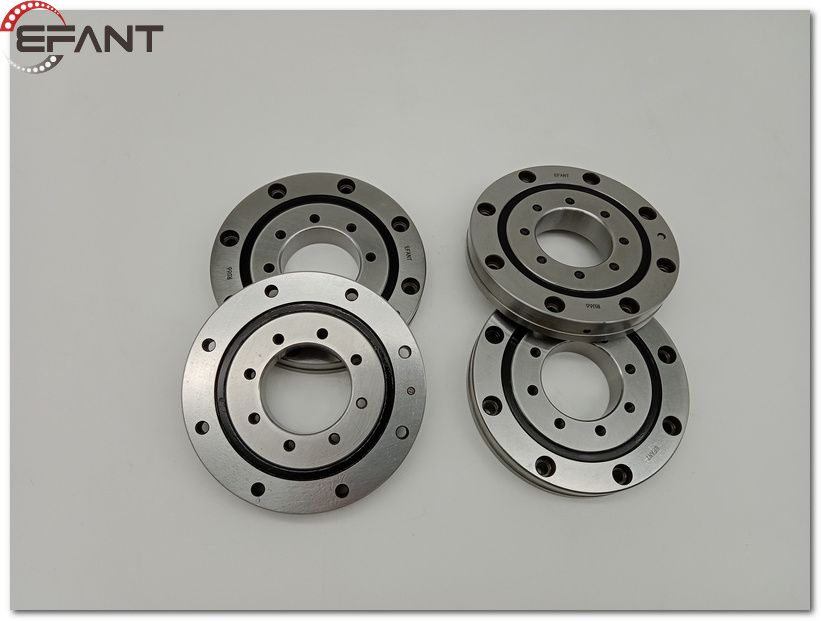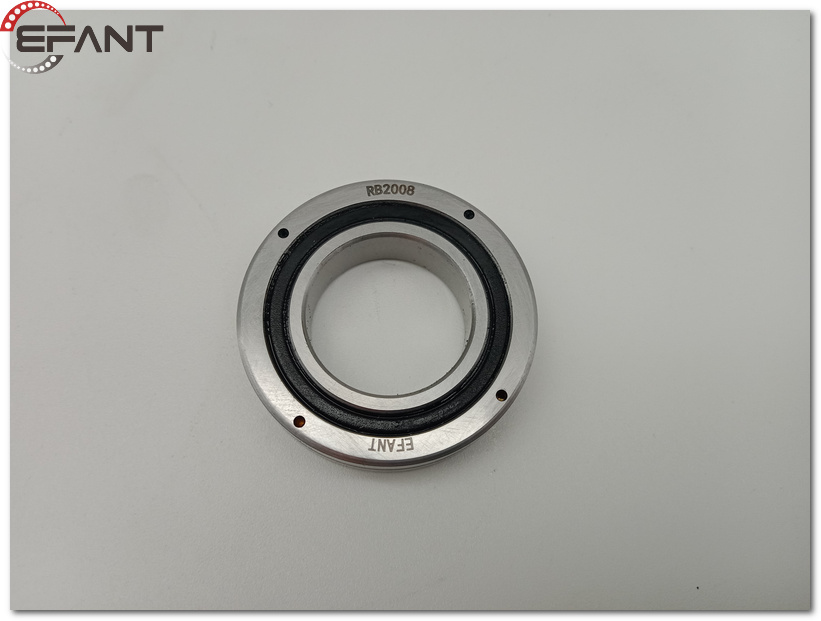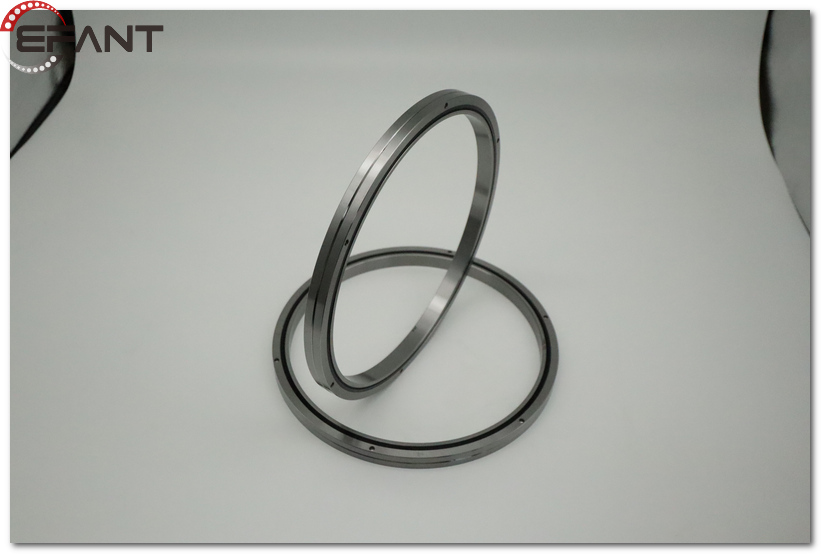Bearing preload refers to the process of applying a force or load to a bearing before it is installed in an assembly. The purpose of preload is to remove any internal clearance or looseness within the bearing. This is important because when a bearing is subjected to a load or force during operation, it will naturally experience some deflection or deformation. Without preload, the initial clearance in the bearing could allow for excessive deflection, which can lead to reduced bearing life and performance.
It's important to note that the amount of preload should be carefully calculated based on the specific application and bearing type. Preload that is too high or too low can result in premature bearing failure, decreased performance, or excessive heat generation. It's also important to follow the manufacturer's recommended procedure for adjusting the preload to ensure proper installation and operation of the bearing.



But How to adjust the bearing preload?
You can follow these methods:
1.Shimming: This method involves adding or removing thin metal shims between the bearing races or the housing to adjust the internal clearance. The thickness of the shims can be adjusted to achieve the desired preload. Once the correct preload is achieved, the shims are locked in place with adhesive or retaining clips.
2.Nut adjustment: For bearings with a threaded shaft, preload can be adjusted by tightening or loosening the nut. This method is often used in automotive and industrial applications, where bearings are mounted on a spindle or axle. The nut is tightened to increase preload or loosened to reduce it until the desired level is achieved.
3.Spring adjustment: In some applications, a spring can be used to apply a constant force to the bearing to achieve the desired preload. This method is commonly used in high-precision applications, such as machine tools, where a consistent preload is critical to achieving accurate results.

Luoyang E-find Precision Bearing specializes in the production of high-precision, high-rigidity, heavy-load crossed roller bearings, rotary table bearings for 18 years.We have ISO, SGS certification, and professionally replaces IKO THK INA SKF and other foreign imported brands.
All bearings are processed by advanced CNC machine tools, ground three times by precision grinders, 100% inspected after each processing. All our bearings guaranteed for one year in normal working condition.
Our cross roller bearing and YRT rotary table bearings are widely used in robots, automated production lines, machine tools accessories and other industries.
Our bearings are exported to more than 50 countries, such as the United States, Europe, South Korea, Japan, etc., and enjoy high reputation at home and abroad.
Our company value is let our custom succeed, so choose us is to choose high quality, choose rest assured. And we also welcome you to visit our factory, so please feel free to contact us if you have any requirements and want to know more about us.
Dec-25-2024
Trade Shows&Event
Three things you should pay attention to when using turntable bearings! More InformationDec-24-2024
Trade Shows&Event
A brief introduction to the advantages of cylindrical roller bearings! More InformationDec-23-2024
Trade Shows&Event
What are the characteristics and applications of double-row cylindrical roller bearings? More InformationSubmit Request